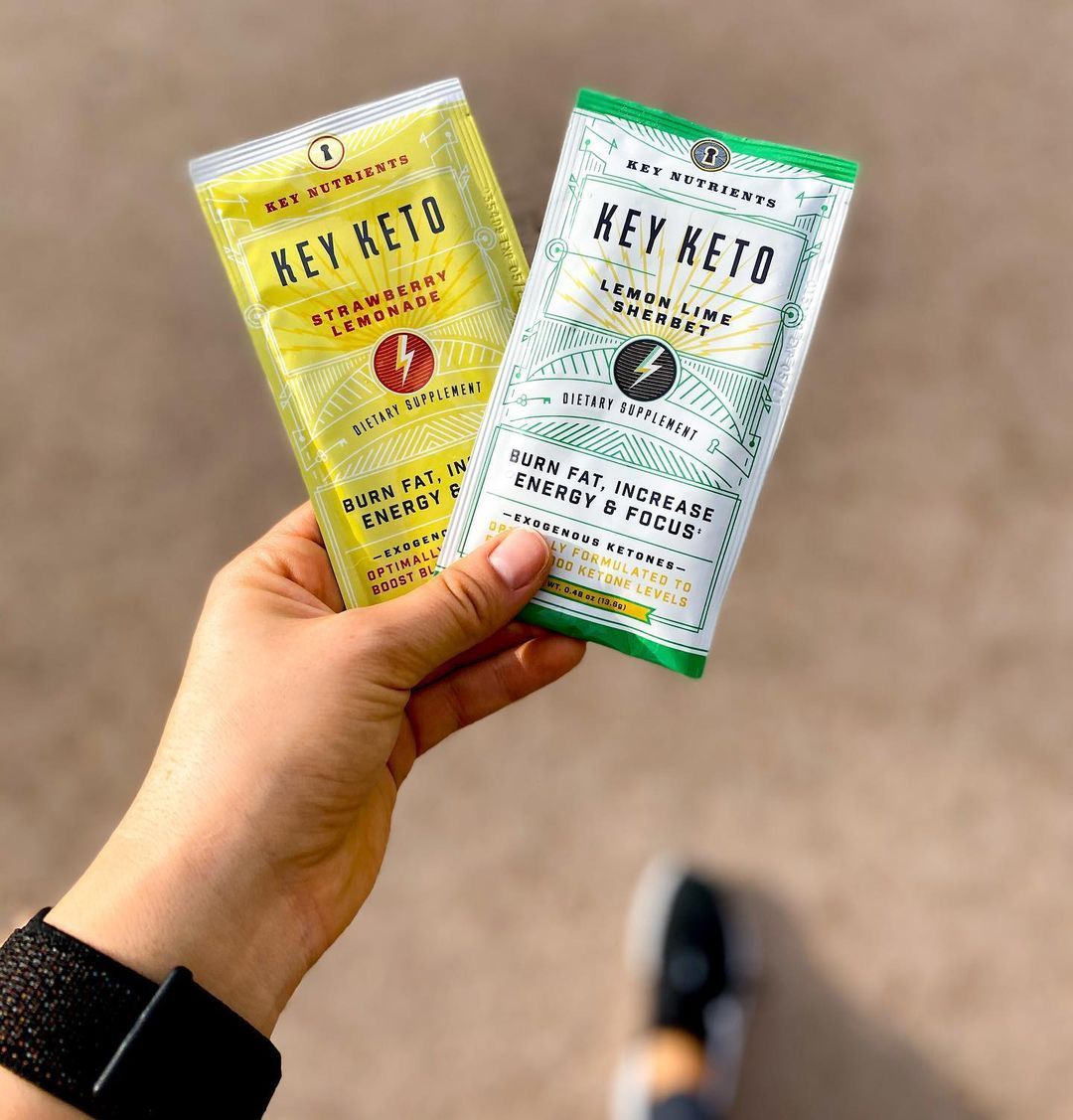Medically Reviewed by Dr. Bryan Seigel D.C., P.L.C.
Beta-hydroxybutyrate, acetone, and acetoacetate, oh my!

When we talk about ketones, it’s these little guys that we’re talking about. Before we even get into the cool science stuff, here’s the bottom line: ketones are produced from the breakdown of fats, and are used as an energy source in the near-absence of glucose.
Your college organic chemistry class would tell you that ketones are organic molecules (aka, they have a carbon backbone), with are made of a carbonyl functional group (an oxygen double-bound to a carbon) which is single-bound to two hydrocarbons (carbons with attached hydrogens, often methyl groups, CH3).
Ok, it’s safe to come back now. Luckily you don’t need to deeply understand organic chemistry to be in ketosis, or we would have a whole other set of problems to deal with. Depriving your body of glucose stimulates the production of the above mentioned three ketones. Many other ketones can exist, but those are the three we produce and burn for energy.
How are ketones made?
Ketogenesis! (Gesundheit!) The liver takes liberated triglycerides that have been freed from adipose tissue and breaks off the glycerol backbone, leaving the three fatty acid tails which are converted into acetoacetate. This is then converted to BHB (beta-hydroxybutyrate, sometimes also called BHOB) and acetone.

Ketones are also produced from the fats in foods that we eat. Some people who are using keto to lose weight can eat unlimited amounts of fat and still lose weight, while others see better success by moderating fat intake so they burn their own fat stores faster. Pay attention to how your own body reacts and track your intake to see what balance is right for you.
We produce the most acetone when we first transition into the keto diet, the balance shifting to greater BHB as we become more adapted. BHB is also the type of ketone that’s in exogenous ketone supplements. Once you are circulating these ketone bodies it’s time to burn them (technically oxidize them) in everyone’s favorite metabolic process, The Krebs Cycle! Alternately called the Citric Acid Cycle, it’s paired with Oxidative Phosphorylation to generate ATP, Adenosine TriPhosphate, which is literally the unit of energy we run on. You can thank your mitochondria for keeping you powered up through these processes.
There are some cells in your body that can’t produce energy from ketones, either because they don’t have the right set of enzymes or, in the case of red blood cells, completely lack mitochondria. Because of this, some glucose is necessary to remain in circulation, but that doesn’t mean you need to eat it. The liver uses a process called gluconeogenesis to create glucose from other substances, usually the amino acids in protein. It will only create as much as you need, so you don’t have to worry about storing this type of glucose as fat.
How do I know I’m making ketones?
There is no requirement that you check your ketone levels, and many people choose not to. However, it’s a useful piece of information to have, so periodically checking your ketone levels and seeing what changes them can improve your long term success. Some people know they are in ketosis by the taste of their breath or the smell of their urine, and still others know just by how they feel. However, none of those methods are reliable ways to track the ketones you’re producing, and having metrics for your progress will let you know where you are, and if you need to improve your plan.
How to test your ketone levels?
The cheapest and easiest option are urine strips, which specifically check for acetoacetate. Urine strips are useful at the beginning of a keto diet to see if you’re making ketones. The thing is, the ketones that come out in your urine are wasted; they are excess. Your body will very soon catch on to the fact that it’s making too many and will scale back production as you get more efficient at burning ketones. If it’s week 2 and you’re peeing purple (on the strip, not the color of your urine, more info on the color of your urine here, great! If it’s year 2 and the strip doesn’t even change to pink, not to worry, you are most likely just not wasting your ketones anymore.
Breath meters measure acetone that you exhale, and are the least invasive method to check your ketones. If you’ve experienced keto breath, it’s the acetone that you’re smelling and tasting. They’re also pretty pricy and require the most maintenance, but the accuracy is pretty good. Some are rechargeable and some have portable battery packs, but there are no strips to refill and you don’t have to touch blood or urine.
Blood ketone meters function the same way as blood glucose testing. Prick your finger and use a test strip inserted into a measuring device. It takes about 10 seconds to get a reading of your circulating level of ketones. Don’t test first thing in the morning as the rise in cortisol from waking up will increase glucose enough to change your readings. Choose a time when you haven’t had anything to eat for about 2 hours, and not right after exercise. Key Nutrients isn’t affiliated with manufacturers of any ketone testing kits, but find that Keto Mojo hits the right balance of affordability, ease of use, and accuracy.
Wrap-up
There are three different types of ketones we produce in our bodies from the breakdown of fats, which can come either from food or our own adipose tissue. Ketones are used as a primary energy source when carbohydrates in the diet are kept very low. Testing your ketone levels is a great idea to keep track of where you are in your journey, and to help you figure out anything that might be interfering with your production of ketones.


